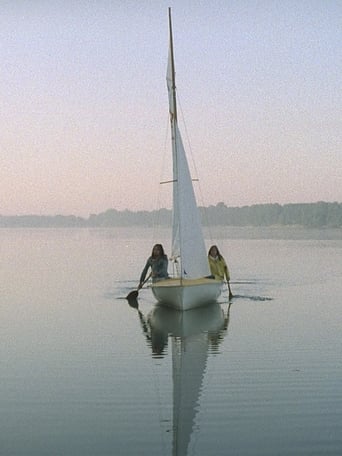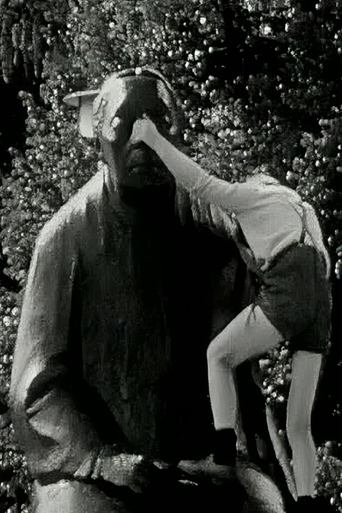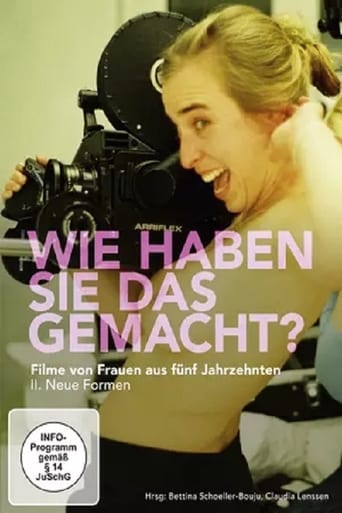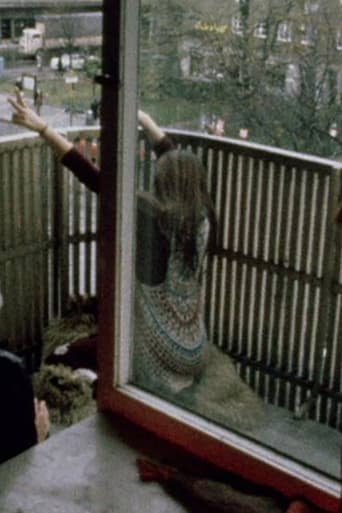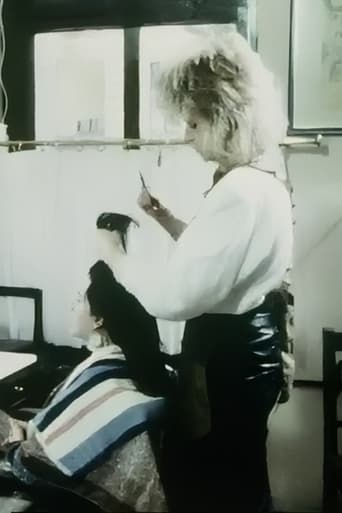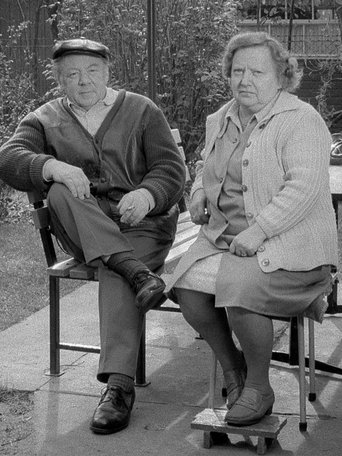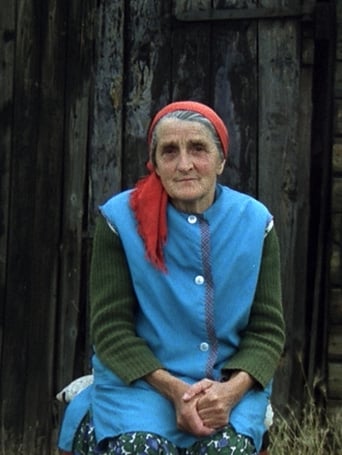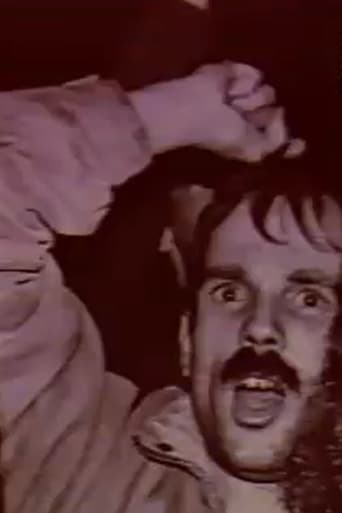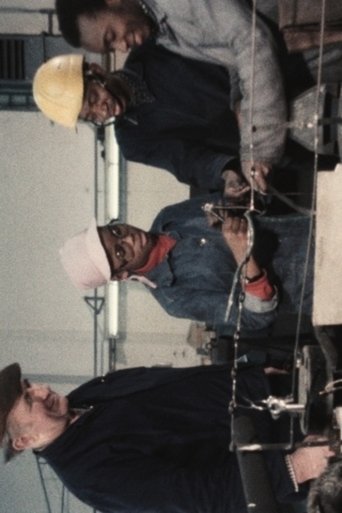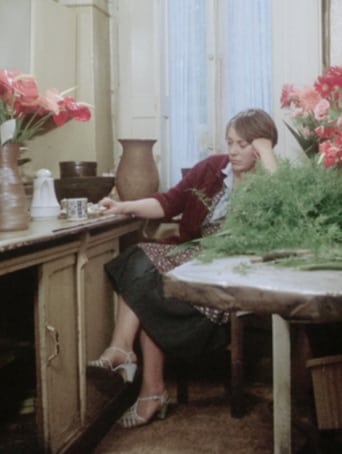Hochschule für Film und Fernsehen der DDR
Ramona 1980
17-year-old Ramona comes from a home in Berlin to a small village and introduces herself as the baker's daughter. Neither of them knew anything about each other. Laconic images of the dreariness of the East German provinces show the excessive demands on the long-married baker and the mutual speechlessness of daughter and father.
Kollwitz and Her Children 1971
Kollwitzplatz, Prenzlauer Berg: Children are playing and climbing all over the monument to Käthe Kollwitz, frowning adults are watching them. What would Gustav Seitz, the creator of the sculpture, say? Christa Mühl has asked him but reveals his answer only when the adults have finally disappeared. Until then, she constructs explosive matter as light as a feather, set to Belgian cembalo jazz and with the perky montage style that characterises her early documentary work. After Karl-Eduard von Schnitzler himself had the most controversial scene cut, the film could be broadcast on television and triggered a lively discussion about the practical value of art.
Nachts schlafen die Ratten 1988
A Little Boy in the ruins of World War II and the white lie of an old man - after a story by Wolfgang Borchert.
Haus. Frauen. – Eine Collage 1982
Paul Celan’s poem echoes. A drive reveals a long-abandoned Gründerzeit villa in ruin. Inside, a woman in elegant WWI attire dances, then slumps in mourning. After the war she cleans, reappears in 1930s riding clothes amid radio discontent as a maid and housekeeper move through the halls. Mourning returns with WWII’s end. Post-war, she dances to American rhythms, breastfeeds under Soviet-occupation broadcasts. Beatles and Pink Floyd play as a woman in overalls emerges, memories of the century flooding her mind. She climbs into a Trabant Kübel, helmet beside her, determined to give the villa a new life.
Leave Me Alone 1971
Leave Me Alone is a film about America, as it appears in music about America and in pictures from America.
Struga - Bilder einer Landschaft 1972
A declaration of love to Lusatia and its Sorbian inhabitants.
Einige Minuten Außenpolitik 1989
Short film about foreign affairs
Wessen Straße ist die Straße 1988
Documentary short about Husemannstraße in Berlin's Prenzlauer Berg.
Ostbahnhof 1977
The minutes before the train departs: time pauses.
Wolters Trude 1978
Es lebe die R... 1989
In interviews, several important GDR personalities and also GDR citizens comment on the events of October 1989.
...From the Olive Tree 1987
The story of Paris-based Palestinian painter Samir Salameh.
Imbiß 1979
Recess 1987
Student film depicting recess at a grade school.
I Laugh to Keep from Crying 2023
This portrait shows Black cartoonist Oliver Harrington from New York, who fled to the GDR. For his political drawings, he drew on worldly anecdotes and his love of storytelling. Director Hans Hattop later taught videography at the University of Film and Television.
Good Luck – Pictures of an Encounter 1982
Rainer Burmeister (director) tells a story about everyday working life of 46 young Mozambican people in the GDR who were employed as contract workers. Among them is 20-year-old Luisa, who worked in the mining industry and, like the others, is now training to be a craftswoman.
